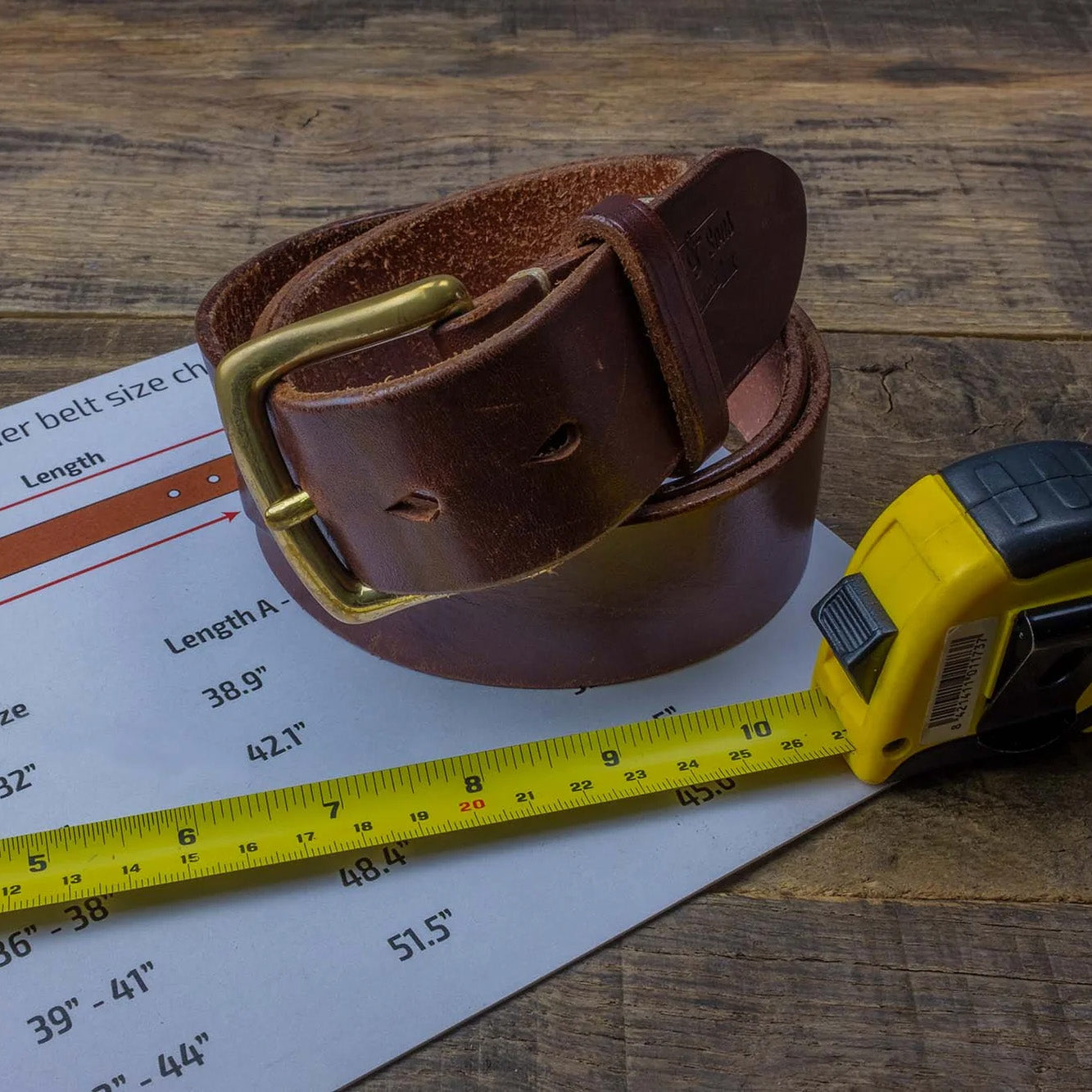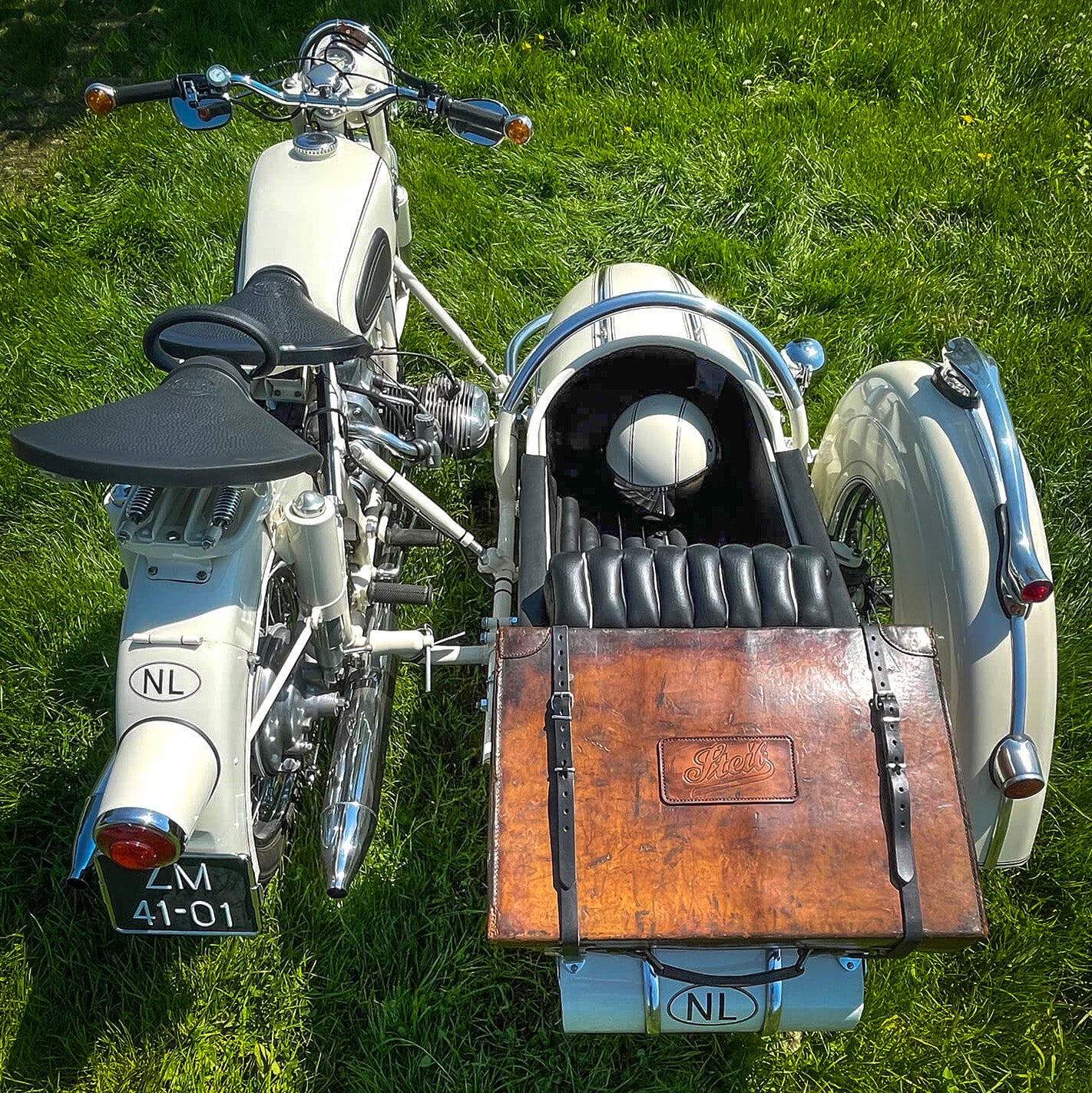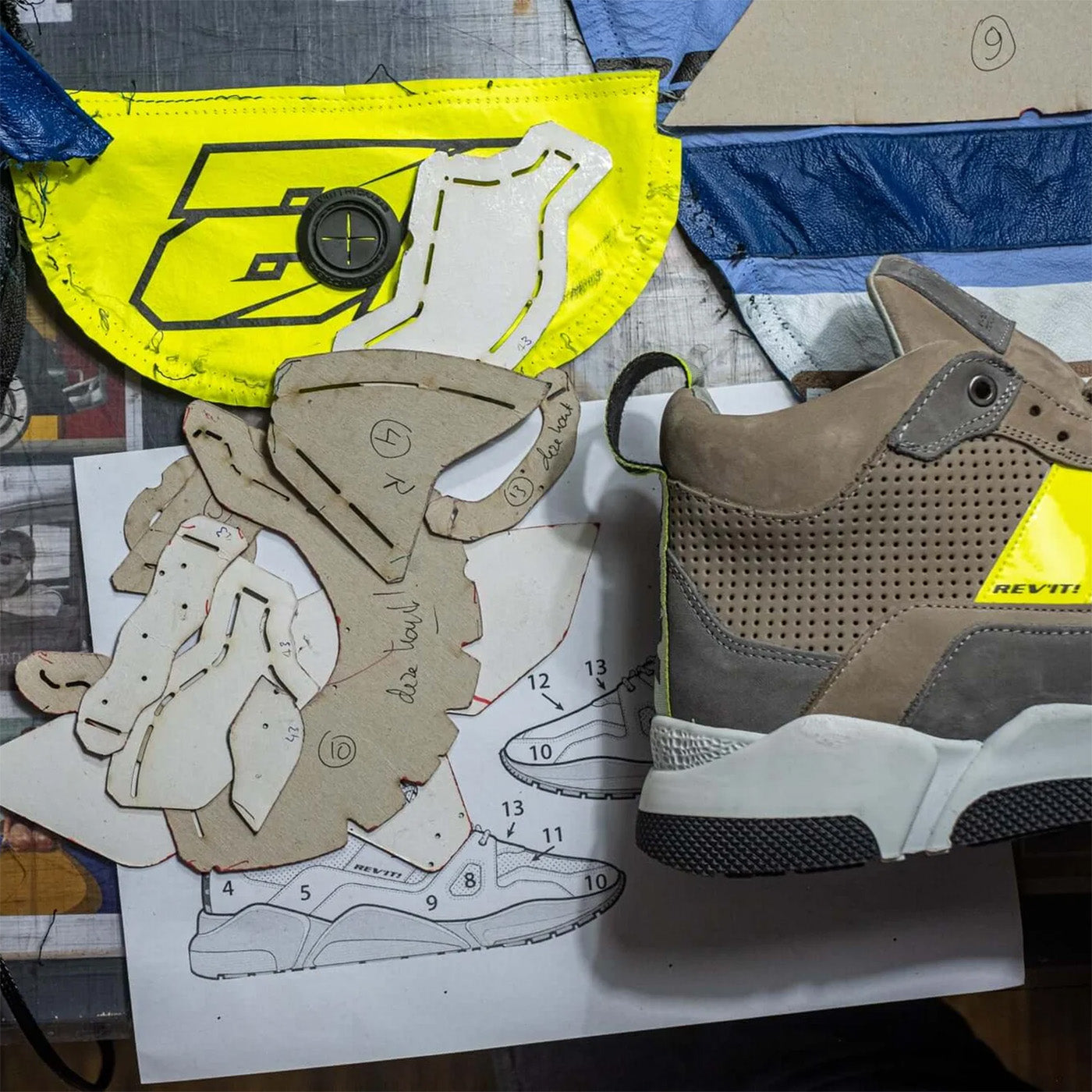
The Art of Belt Measurement: Mastering the Technique for a Tailored and Comfortable Fit
Finding the perfect fit for your belt can be a true art form. The right measurement not only ensures a tailored and polished look but also guarantees comfort throughout the day. Whether you're dressing up for a formal occasion or simply looking to elevate your everyday style, mastering the technique of belt measurement is essential. In this guide, we will explore the various factors to consider when measuring your belt, from length to width, and delve into the secrets of achieving a perfect fit. We will also uncover the common mistakes to avoid and provide expert tips to help you navigate the world of belt sizing with ease. So, whether you prefer a classic leather belt or a trendy fabric version, get ready to elevate your style game as we unlock the art of belt measurement.
Why is belt measurement important?
Belt measurement is important for several reasons. Firstly, a properly fitted belt enhances your overall appearance and adds a touch of sophistication to your outfit. Whether you're wearing a tailored suit or a casual pair of jeans, a belt that fits perfectly will accentuate your waistline and create a polished silhouette. Additionally, a well-fitted belt ensures comfort throughout the day by providing the right amount of support and preventing your pants from sagging or sliding down. It also eliminates the need for constant readjustment, allowing you to focus on your tasks without any distractions. Furthermore, understanding belt measurement is essential when shopping for belts online, as accurate measurements will help you find the right size and avoid the hassle of returns or exchanges.
Understanding belt sizing and terminology
Before diving into the process of measuring your belt, it's important to familiarize yourself with belt sizing and terminology. Belt sizing typically refers to the length of the belt, which is measured in inches or centimeters. However, it's worth noting that belt sizes can vary between brands and countries, so it's always recommended to refer to each brand's specific size chart for accuracy. In addition to length, belt width is another important consideration. Widths can vary from slim belts that are around 1 inch wide, to wider belts that can be 2 inches or more. The width of the belt should complement the style of your outfit and the belt loops on your pants. Finally, some belts come with additional features such as multiple holes, removable buckles, or adjustable straps, which provide flexibility and allow for easy customization.
Tools for accurate belt measurement
To ensure accurate belt measurements, you'll need a few tools. Firstly, you'll need a flexible measuring tape, which is typically used for sewing projects. This type of measuring tape is made of fabric or plastic and can easily wrap around your waist or hips, depending on where you prefer to wear your belt. Alternatively, if you don't have a measuring tape handy, you can use a piece of string or a shoelace and then measure it against a ruler or a standard tape measure. Additionally, having a mirror nearby can be helpful, as it allows you to see how the belt sits on your waist or hips and make any necessary adjustments. Finally, if you're measuring a belt that you already own, having a marker or a piece of chalk can help you mark the desired length without causing any permanent damage to the belt.
Step-by-step guide to measuring for a belt
Measuring for a belt is a straightforward process that can be done in a few simple steps. To begin, wrap the measuring tape around your waist or hips at the point where you prefer to wear your belt. Make sure the tape is snug but not too tight, as you want to replicate the fit of the belt without causing any discomfort. Take note of the measurement and add a small allowance, usually around 2 inches or 5 centimeters, to account for the overlap of the belt and any potential weight fluctuations. This additional length will ensure that your belt can be comfortably fastened and adjusted according to your needs. If you're using a string or a shoelace, follow the same process and then measure the length against a ruler or a standard tape measure. Once you have the final measurement, you can use it as a guide and check the size table at our product page.
Tips for measuring different types of belts (leather, fabric, etc.)
When measuring different types of belts, it's important to consider their unique characteristics and adjust the measurement accordingly. Leather belts, for example, tend to stretch over time, so it's recommended to choose a size that is slightly smaller than your actual waist or hip measurement. This will allow the belt to mold to your body and provide a comfortable fit even after prolonged use. On the other hand, fabric belts, such as those made from canvas or webbing, are often more forgiving and can be worn at your exact waist or hip measurement. However, keep in mind that certain fabric belts may not have as much adjustability as their leather counterparts, so it's always a good idea to check the product description. At Duke & Sons Leather, we only make our belts from full-grain A-quality leather. Measure the belt in a straight position
Measure the belt in a straight position
 Make sure to position the '0' at the right spot
Make sure to position the '0' at the right spot
 Straighten the 'bend' a little in the middle
Straighten the 'bend' a little in the middle
 The most used hole is the final and best postion for the 3rd and middle hole of our belts.
The most used hole is the final and best postion for the 3rd and middle hole of our belts.
Common belt measurement mistakes to avoid
While measuring for a belt may seem simple, there are a few common mistakes that you should avoid to ensure an accurate fit. One of the most common mistakes is measuring the belt from end to end, including the buckle. This can lead to an incorrect measurement, as the buckle adds extra length that should not be included. Instead, measure from the end of the belt strap to the hole that you typically use to fasten the belt. (See pictures) It's important to measure the belt while it's lying flat and not stretched or twisted. Stretching or twisting the belt can result in inaccurate measurements and compromise the overall fit and comfort.
Finding the right belt size in our store
To help you find your ideal size, refer to our comprehensive size chart conveniently located on our website. For additional assistance or advice on choosing the correct size amongst various options ranging from S to XL, don't hesitate to contact us directly - your satisfaction matters!
Conclusion
Mastering the technique of belt measurement is an essential skill for every fashion-conscious individual. By understanding the importance of belt sizing, familiarizing yourself with the terminology, and using the right tools, you can achieve a tailored and comfortable fit that elevates your style game. Remember to measure accurately, and avoid common mistakes. When wearing a well-measured classic leather belt, the part that id beyond the prong is just long enough to fit nicely after the first belt loop. A perfect fitted belt!
A perfect fitted belt!



